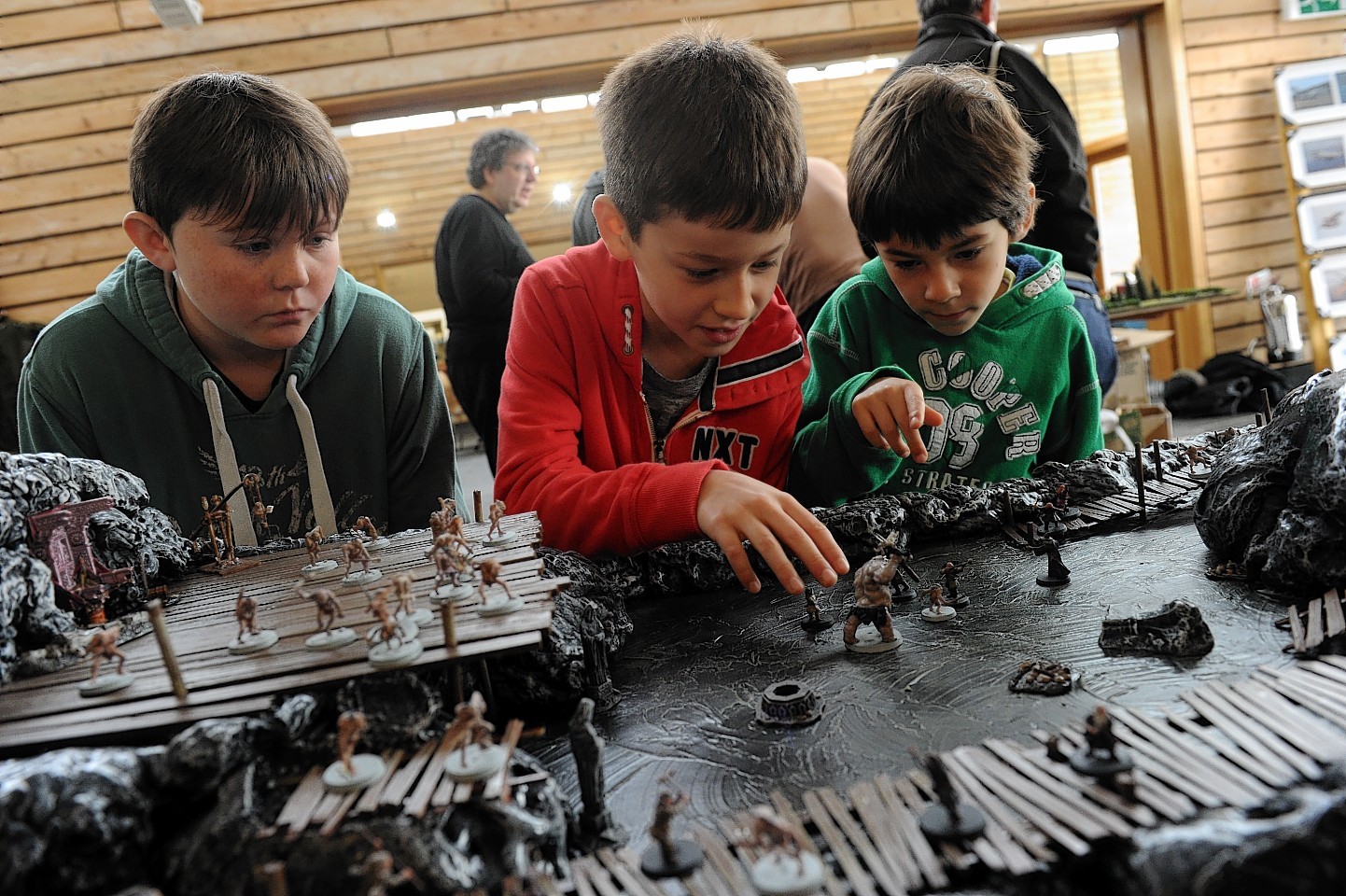Armies from all over Scotland were deployed to the scene of one of the country’s most famous battles at the weekend…
Close to the site where Jacobites and Government forces fought more than 250 years earlier, enthusiasts staged their own tussles on large table tops at the annual Cuil Lodair wargames.
One of the scenarios included a Battle of Culloden 1938, created by the South East Scotland Wargames Club, who imagined the UK under a fascist regime controlled by Sir Oswald Morley.
Other clubs came from as far as Prestwick in Ayrshire, while some specialist traders travelled from parts of England.
Clubs from Inverness and Dingwall were also in attendance, while the Morayvia Project supplied full-sized cockpits of two jet fighters which allowed visitors to sit at the controls.
Organiser Darren Layne said the event – now in its third year – was growing larger all the time, with Saturday’s gathering the best yet.
He added: “It seems like the word is staring to spread among the community, as well as people who have come to visit the battlefield and have also became interested.
“The great thing is the number of young people who have come in, and have been encouraged to take part, which provides a good blend.
“We had 10 clubs in attendance, and seven vendors, and a special guest of honour – military historian Professor Christopher Duffy – who judged the best tables.”
The professor, who taught at the Royal Military Academy at Sandhurst, has written more than 20 books on warfare over the years.
